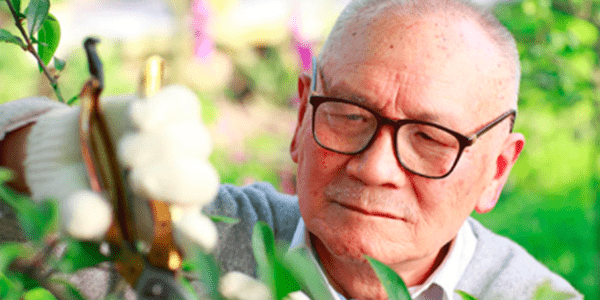Testicular cancer is the most common cancer in men 15 to 34 years old, but most testicular cancers can be cured. Because symptoms of testicular cancer are usually detected first by the individual, it’s important to understand the signs of this type of cancer.
The testicles, or testes, are part of the male reproductive system. Located inside the scrotum, which is a loose pocket of skin underneath the penis, the testicles make male sex hormones and sperm.
Symptoms of Testicular Cancer

A man may notice a mass on the testicles — something that feels hard or firm. Other changes might include enlargement of a testicle, a dull ache in the abdomen or groin, pain in the testicle or scrotum, or enlargement or tenderness of the breasts.
The first thing your doctor will do is order an ultrasound to get a better sense of what the mass may be. It could be fluid scrotum and not a mass in the testicle. If the ultrasound looks suspicious, your doctor will order blood tests and perhaps a CT scan for confirmation. If the tests indicate cancer, a urologist will usually remove the testicle. However, if the tumor is very small, your doctor may advise monitoring, instead of surgery.
While the surgical removal of a testicle may decrease fertility, men should still be able to conceive and their sex drive should not be significantly changed. However, it may be beneficial to consider sperm banking prior to surgery or follow-up treatment.
Once the testicle has been removed, pathology will be performed to determine the type of cancer, which usually falls under two broad categories, seminoma and nonseminoma. Based on the type and stage of cancer, your doctor will determine what, if any follow-up treatment is necessary.
Recovering from Testicular Cancer
Recovery from surgery may take a week or so. The pathology results will determine next treatment steps. Those next steps might be monitoring with annual CT scans and blood work. If the cancer is more advanced, chemotherapy or radiation may be necessary.
The chemotherapy is administered in a relatively high dose, which can result in side effects such as nausea or ringing in the ears. Radiation is another type of treatment and can cause fatigue.
Retroperitoneal Lymph Node Dissection (RPLND) is another treatment your doctor may perform, if the cancer has spread to the lymph nodes. The surgery has a low mortality rate and low rate of relapse.
Fortunately, with a variety of treatments, the cure rate for testicular cancer is as high as 90 percent to 95 percent. Knowing the symptoms of testicular cancer can help detect it earlier and provide more options for effective treatment.
Request an Appointment with an Orlando Health Physician
Testicular cancer is highly treatable. Your treatment plan may include surgery, chemotherapy and radiation, or a combination of therapies.
Request an Appointment Today




